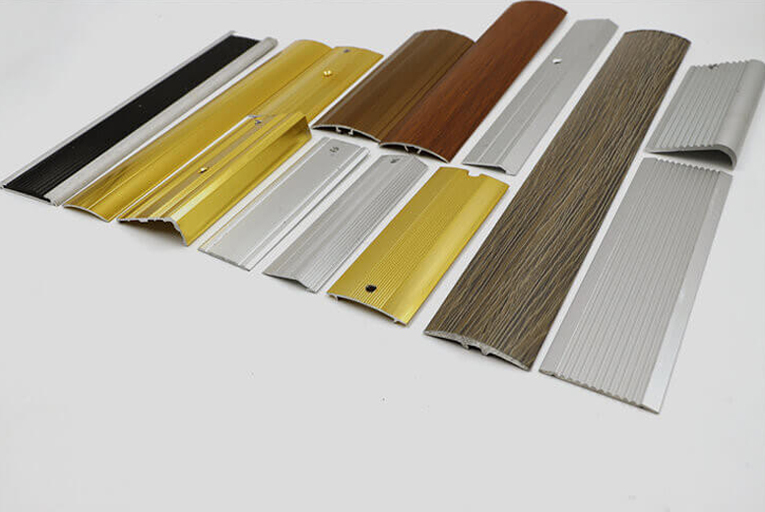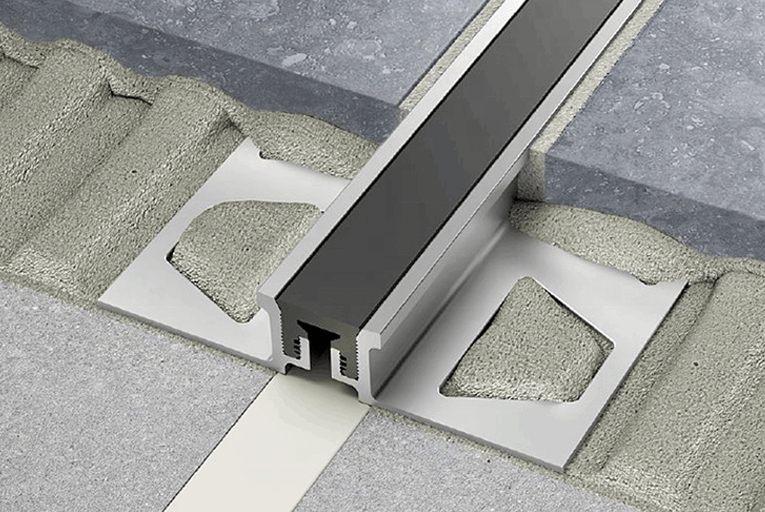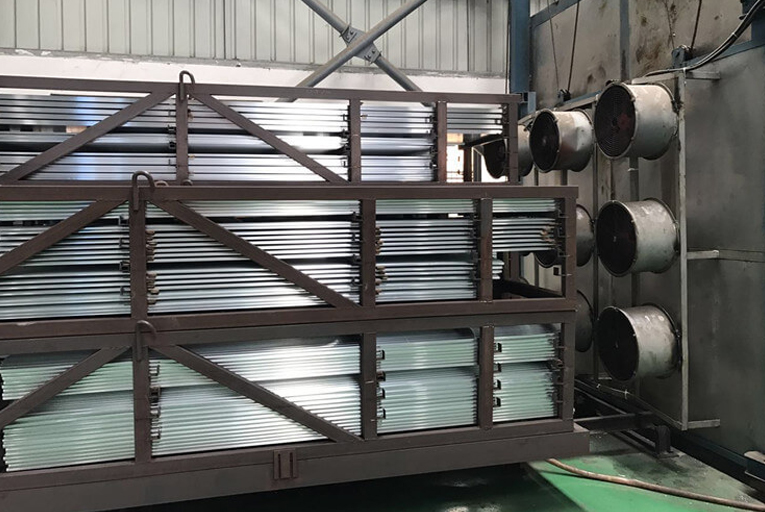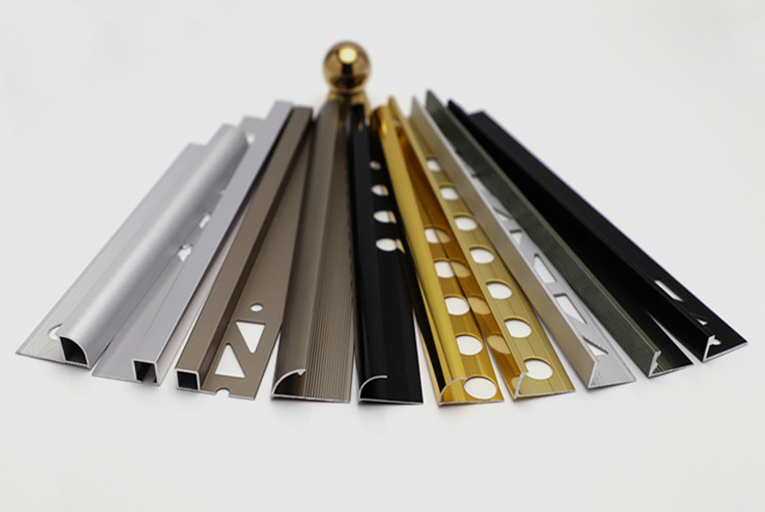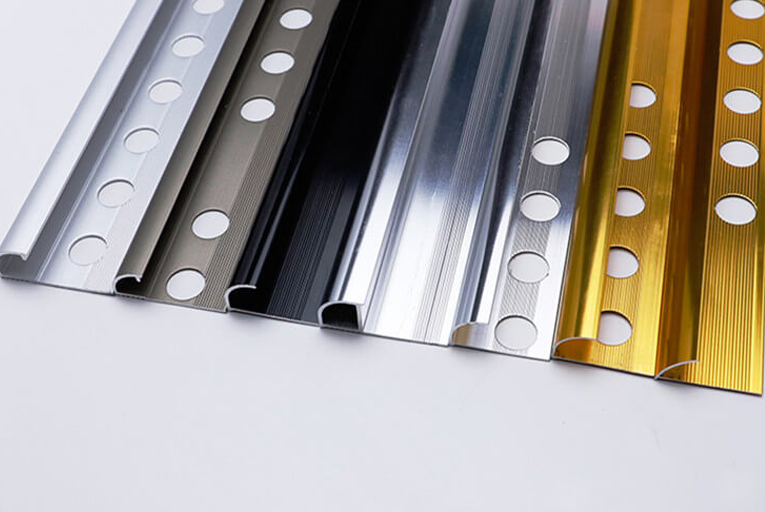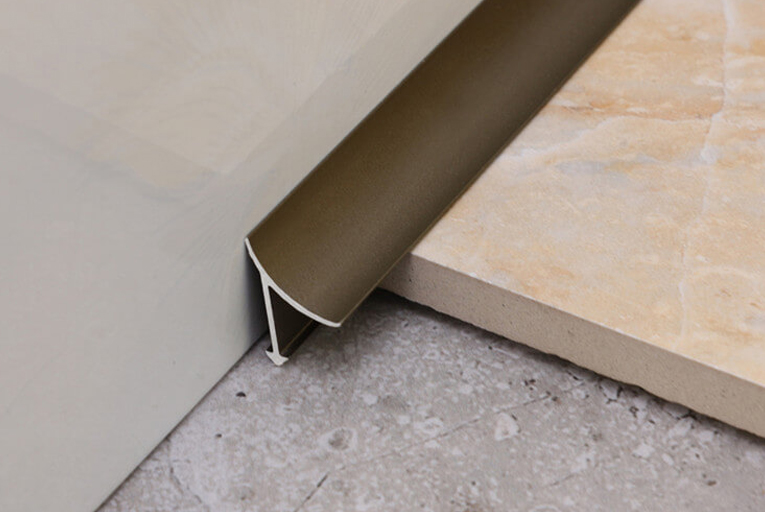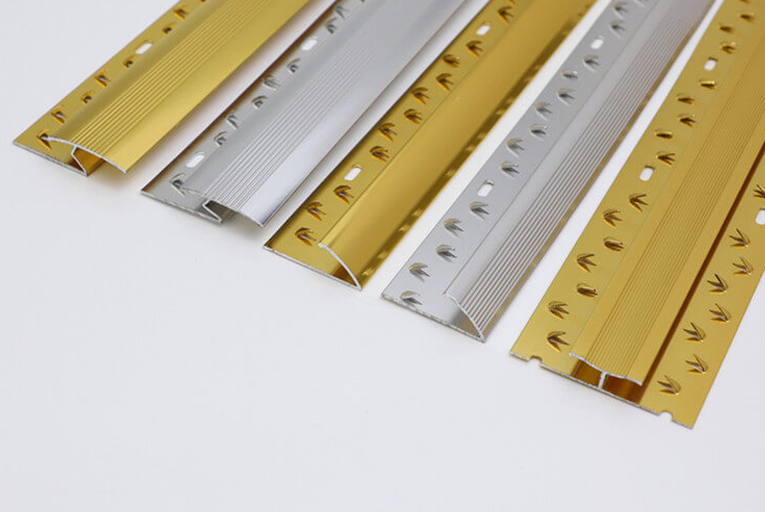Designing with Detail- Incorporating Tile Transition Strips for Polished Edges
In the realm of interior design, the pursuit of polished and seamless aesthetics extends to every detail, including the transition between tiled surfaces. By incorporating tile transition strips, designers can elevate the overall appearance of a space while ensuring a functional and cohesive flow.
Benefits of Tile Transition Strips
Tile transition strips offer numerous advantages:
Seamless Transitions: By connecting different tile edges, these strips create a smooth and visually appealing transition, eliminating unsightly gaps or uneven surfaces.
Protection and Durability: Tile transition strips protect the edges of tiles from chipping, cracking, or becoming loose over time. They provide a solid structure that prevents tiles from shifting or becoming damaged.
Improved Accessibility: In areas with changes in flooring elevation, such as doorways or entrances, tile transition strips create a safe and accessible ramp by smoothing out the transition.
Aesthetic Enhancement: Available in various materials and finishes, tile transition strips complement the style and decor of a space, adding a subtle yet sophisticated touch.
Materials and Finishes
Tile transition strips come in a wide range of materials and finishes to suit different design preferences and requirements:
Metal: Metal strips, such as brass, aluminum, or stainless steel, offer a sleek and modern look. They are durable, water-resistant, and available in various colors and textures.
Ceramic or Porcelain: Ceramic or porcelain tile transition strips provide a seamless transition between matching tiles. They are highly durable, low-maintenance, and come in a variety of patterns and colors.
Natural Stone: Natural stone strips, such as marble, granite, or travertine, add a touch of elegance and luxury. They are durable and resistant to wear and tear.
Wood: Wood tile transition strips offer a warm and rustic feel. They are available in various wood species and finishes to match existing wood flooring or cabinetry.
Installation Considerations
To ensure proper installation, consider the following factors:
Size and Height: Choose tile transition strips that are wide enough to cover the gap between tiles and high enough to create a smooth transition.
Shape and Profile: Select strips with a shape and profile that complement the style of the tiles and the overall design of the space.
Color and Finish: Match the color and finish of the transition strips to the tiles and surrounding elements for a cohesive look.
Subfloor and Tile Thickness: Ensure that the transition strip is suitable for the subfloor and tile thickness to prevent any unevenness or buckling.
Creative Applications
Beyond their functional purpose, tile transition strips can also be used in creative ways:
Accentuate Borders: Use contrasting tile transition strips to create a bold and decorative border around tiled areas, highlighting specific sections or patterns.
Enhance Shadow Lines: Position tile transition strips in shadow lines to create visual interest and depth, adding a sculptural element to the design.
Break Up Large Spaces: Divide expansive tiled areas into smaller sections using tile transition strips to create a more intimate and cozy atmosphere.
Add Decorative Details: Choose tile transition strips with intricate patterns or embellishments to add a touch of opulence or character to a space.
-
The 6 Hottest Tile Trim Solutions for 2021
2022-02-09 -
How to Install Tile Trims Line?
2022-02-09 -
Difference Between Sandblasting and Anodizing Surface Treatment of Aluminum Tile Trim
2022-02-09 -
The Different Uses of Tile Outside Corner Edging Trim and Inside Corner Edging Trim
2022-02-09 -
The Most Popular 5 Different Materials of Tile Trim Line
2022-02-09 -
What is Carpet Cover Trim?
2022-02-09
